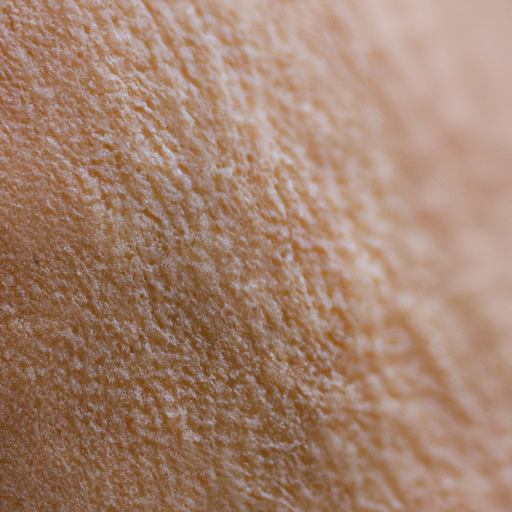As a dermatologist, I am often asked about the secrets to achieving radiant, healthy skin. One of the most crucial steps in any skincare routine that often goes overlooked is exfoliation. This process is the key to unveiling a fresh, glowing complexion. This article aims to provide an ultimate guide to mastering skin exfoliation.
Exfoliation is the process of removing dead skin cells from the surface of your skin using a chemical, granular substance, or exfoliation tool. Your skin naturally sheds dead skin cells every 30 days or so. However, sometimes these cells don’t shed completely, resulting in dry, flaky patches and clogged pores. Exfoliating can help prevent this.
There are two main types of exfoliation: physical and chemical. Physical exfoliators include tools like brushes, scrubs, and microdermabrasion procedures. These work by using a slightly abrasive surface to physically remove dead skin cells. Chemical exfoliators, on the other hand, use ingredients like alpha and beta hydroxy acids to dissolve the bonds between the skin cells, allowing them to shed naturally.
The choice between physical and chemical exfoliation depends on your skin type and sensitivity. For those with sensitive or thin skin, chemical exfoliators may be a better option as they are less abrasive. On the other hand, those with oily or thicker skin may benefit more from physical exfoliation.
Regardless of the method you choose, it’s important to remember that over-exfoliation can lead to redness, irritation, and even breakouts. As a rule of thumb, most people should aim to exfoliate 1-2 times per week. However, this can vary depending on your skin type and the strength of your exfoliator.
For instance, if you’re using a scrub with large, rough particles, once a week might be enough. But if you’re using a mild chemical exfoliator, you might be able to use it every day. Always start with less and gradually increase the frequency if your skin tolerates it well.
After exfoliating, your skin can be a bit more sensitive, especially to the sun. Therefore, it’s crucial to apply sunscreen daily to protect your fresh new skin cells from UV damage. Additionally, moisturizing after exfoliating can help soothe the skin and prevent dryness.
Incorporating exfoliation into your skincare routine can lead to visible improvements in the appearance of your skin. It can help brighten your complexion, even out skin tone, improve skin texture, and even reduce the appearance of fine lines and wrinkles. Plus, by removing the layer of dead skin cells, your skincare products can penetrate more deeply into the skin, making them more effective.
In conclusion, mastering the art of exfoliation can significantly enhance the health and radiance of your skin. However, it’s important to remember that everyone’s skin is unique. What works for one person might not work for another. Therefore, it’s always best to consult with a dermatologist or skincare professional to determine the best exfoliation routine for your specific skin type and concerns. With the right approach, you can unveil a radiant, glowing complexion that reflects your inner health and beauty.



